Solanum trifidum
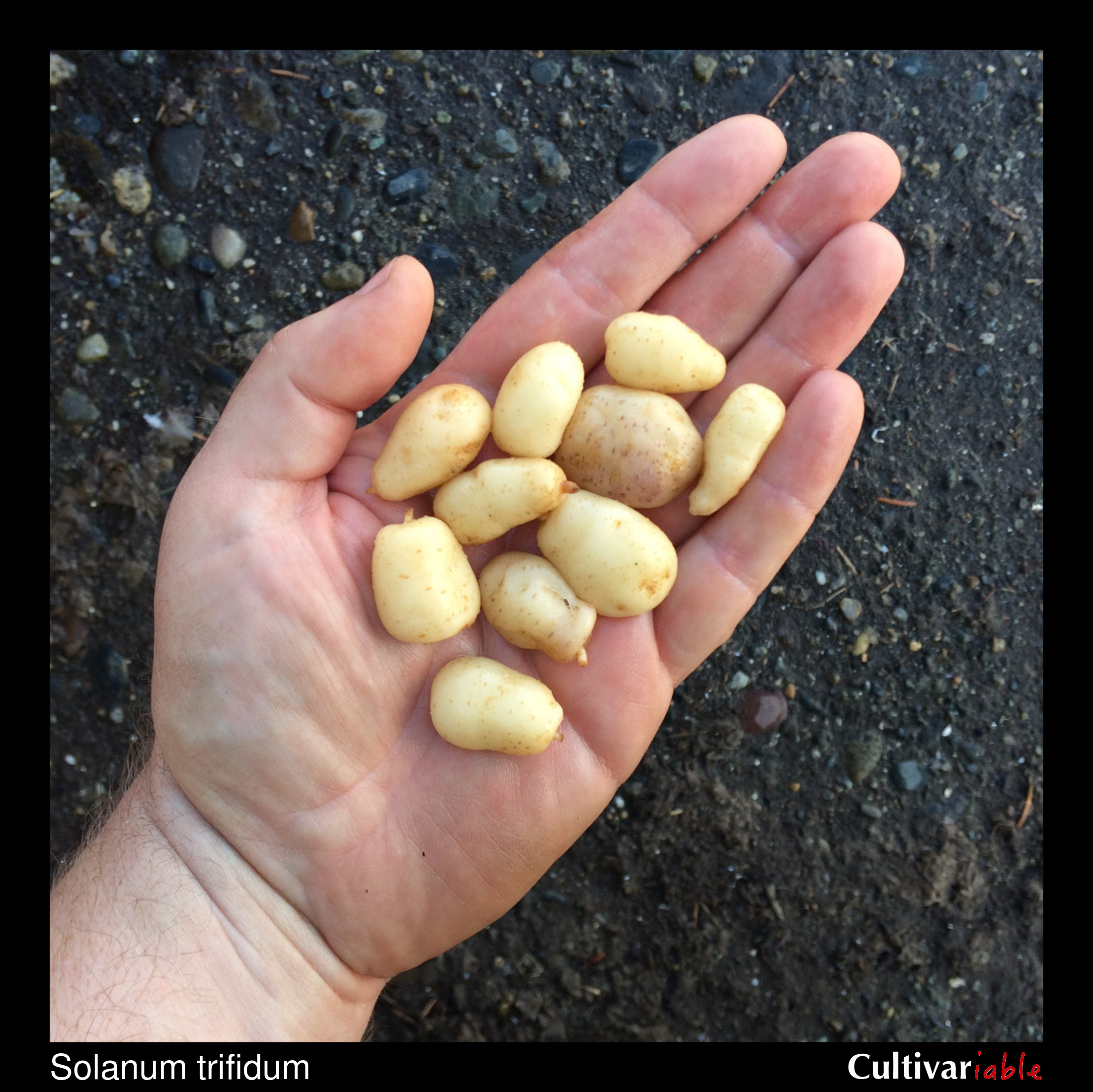
| Common Names | |
| Code | trf |
| Synonyms | |
| Clade | 1 |
| Series | Pinnatisecta |
| Ploidy | Diploid (2x) |
| EBN | 1 |
| Tuberization Photoperiod | Unknown |
| Self-compatibility | No |
| Nuclear Genome | B |
| Cytoplasmic Genome | Unknown |
| Citation | Correll: Contrib. Texas Res. Found., Bot. Stud. 1: 12, fig. 5. 1950. |
Description
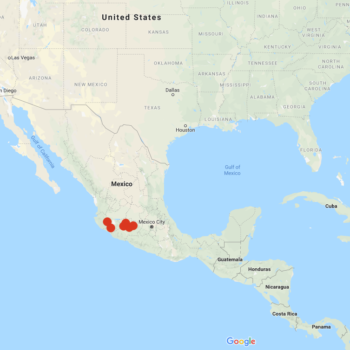
Solanum trifidum is native to the states of Michoacan and Jalisco in Mexico, where it is primarily found in pine and oak forests and as a weed of cultivated fields. Plants range from just a few inches to about three feet tall. Tubers reach about an inch in diameter and are white or bluish. White flowers. Berries are unusual, very long and tapering.
The specific epithet, trifidum, refers to three-lobed leaves. It is formed from the Latin words “tri,” for “three,” and “fidus,” for “divided.” While there is no completely standardized pronunciation for scientific names, the most common way to pronounce this species is probably so-LAY-num TRI-fid-um.
Jarvis (2008) predicts that this species will lose 85% of its present range by 2055 due to climate change, most likely entailing a critical loss of genetic diversity.
Resistances
This species can survive frosts down to 26 degrees F (-3.5 C) (Li 1977). Vega (1995) found that this species is about as frost tolerant as domesticated potato.
Pelletier (1999) found that Colorado potato beetles have increased adult and larval mortality and low egg production on this species.
| Condition | Type | Level of Resistance | Source |
|---|---|---|---|
| Globodera pallida (Pale Cyst Nematode) | Invertebrate | Somewhat resistant | Castelli 2003 |
| Globodera pallida (Pale Cyst Nematode) | Invertebrate | Somewhat resistant | Bachmann-Pfabe 2019 |
| Globodera rostochiensis (Potato Cyst/Golden Nematode) | Invertebrate | Somewhat resistant | Castelli 2003 |
| Leptinotarsa decemlineata (Colorado Potato Beetle) | Somewhat resistant | Pelletier 1999 | |
| Phytophthora infestans (Late Blight) | Fungus | Somewhat resistant | Bachmann-Pfabe 2019 |
| Phytophthora infestans (Late Blight) | Fungus | Some resistance | Karki 2020 |
Glykoalkaloid content
Images
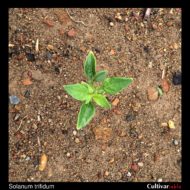 |
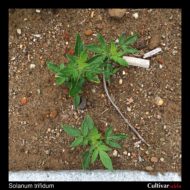 |
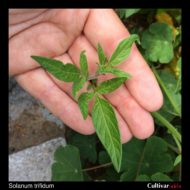 |
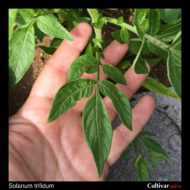 |
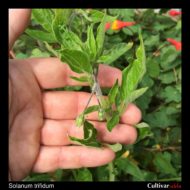 |
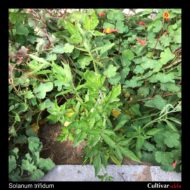 |
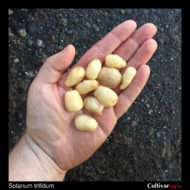 |
|
Cultivation
Breeding
Crosses with S. tuberosum
| Female | Male | Berry Set |
Seed Set | Ploidy | Germ | Source |
|---|---|---|---|---|---|---|
| S. tuberosum | S. trifidum | None | None | Jackson (1999) | ||
| S. trifidum | S. tuberosum | None | None | Jackson (1999) | ||
Crosses with other species
Watanabe (1991) found that no varieties of this species produced 2n pollen, but Jackson (1999) found 3-15%.
| Female | Male | Berry Set |
Seed Set | Ploidy | Germ | Source |
|---|---|---|---|---|---|---|
